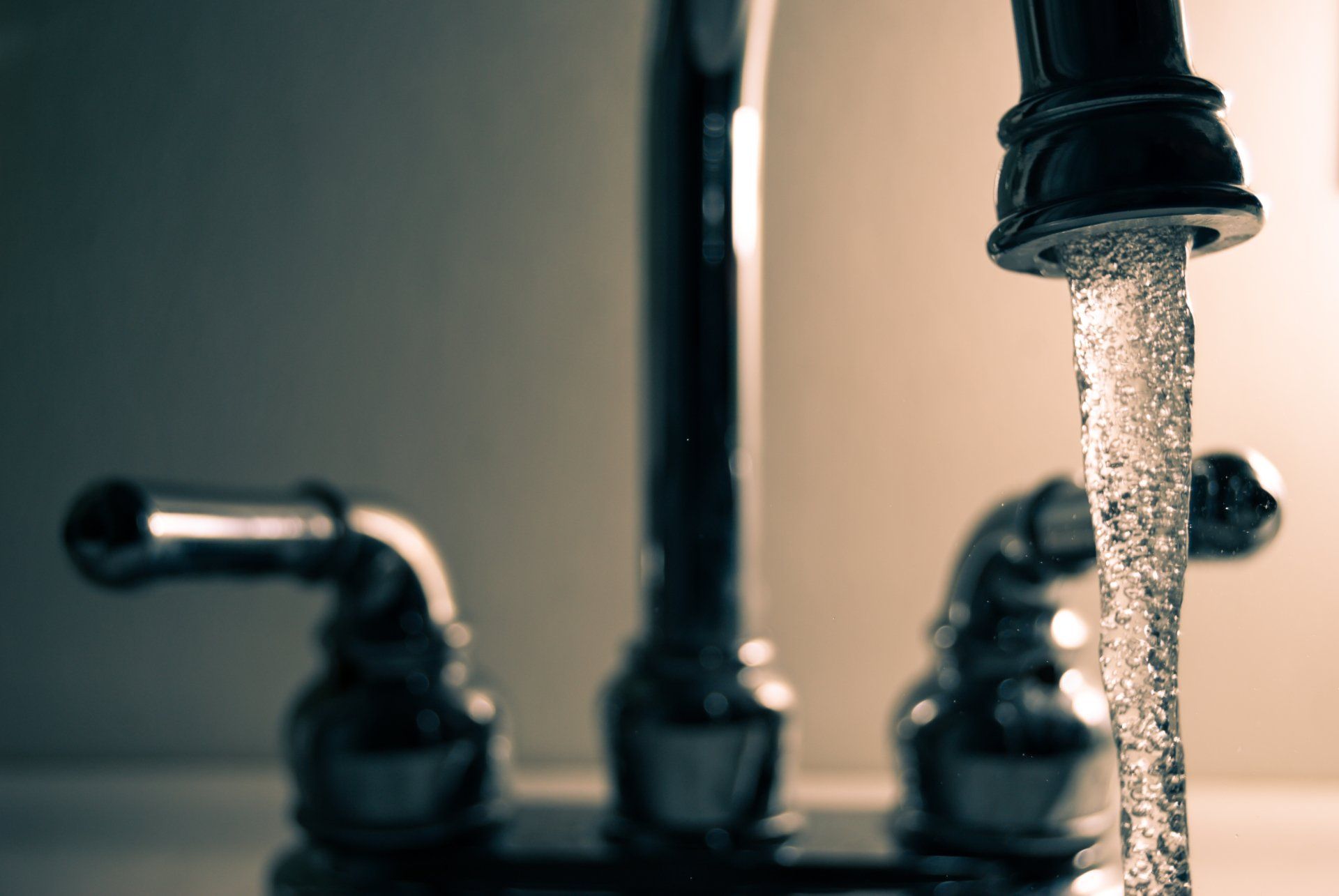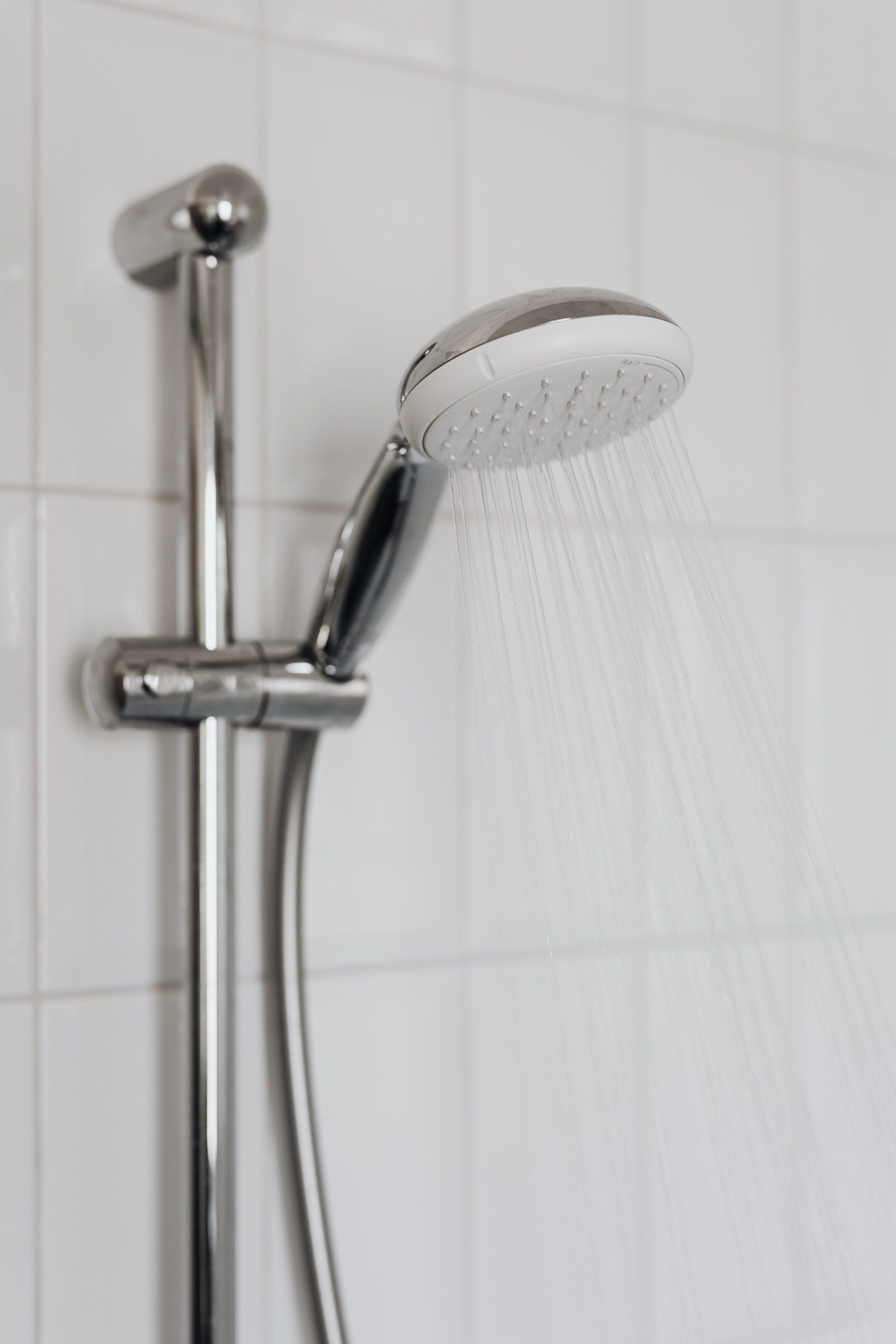The Heart of Home Comfort: Exploring the Wonders of Hot Water Tanks
Having hot water is arguably one of the top 3 most important things to have in a modern day home. Most don't question a life with out it.

Introduction of Hot Water Usage:
The history of using hot water for various purposes dates back thousands of years, with evidence suggesting that ancient civilizations recognized the benefits of warm water. Early civilizations, including the Greeks and Romans, built communal bathhouses that utilized heated water from natural springs. These ancient societies harnessed the therapeutic and cleansing properties of hot water, creating spaces for socializing and relaxation. The technology of heating water evolved with time, and as societies progressed, so did the methods of providing hot water within individual homes.
Evolution of Hot Water Tanks:
The widespread adoption of hot water tanks began in the 19th century as technological advancements allowed for more practical and controlled heating mechanisms. Early hot water systems involved heating water in large tanks through coal or wood-fired stoves. As the industrial revolution progressed, gas and electric-powered hot water heaters emerged, making the process more efficient and accessible to a broader population. The iconic cylindrical tank design that we recognize today became prevalent in the mid-20th century, setting the standard for residential hot water heating. In recent years, innovations like tankless water heaters and energy-efficient technologies have further refined the way we experience and consume hot water, marking a continuous journey of improvement and adaptation in this essential aspect of modern living.
In the realm of home comfort, few appliances play a more crucial role than the humble hot water tank. Often tucked away in a corner of the basement or a dedicated utility space, these unassuming devices quietly provide us with the luxury of warm showers, cozy baths, and efficient household cleaning. In this blog post, we'll delve into the fascinating world of hot water tanks, exploring their types, functionalities, and the pivotal role they play in our daily lives.
Types of Hot Water Tanks:
Hot water tanks come in various shapes and sizes, catering to the diverse needs of homeowners. The two main types are traditional tank-style water heaters and tankless water heaters.
Traditional Tank-Style Water Heaters:
These workhorse appliances store and heat a specific amount of water in a well-insulated tank. As the water is used, the tank refills and reheats the water to maintain a consistent temperature. Available in gas, electric, and hybrid models, traditional tank-style water heaters are known for their reliability and cost-effectiveness.
Tankless Water Heaters:
Unlike their traditional counterparts, tankless water heaters heat water on demand. These compact units are praised for their energy efficiency and endless supply of hot water, as they don't store a set amount like traditional tanks. Although they often come with a higher upfront cost, their long-term energy savings make them an attractive option for environmentally conscious homeowners.
Functionalities and Maintenance:
Understanding how hot water tanks work is essential for their proper maintenance. Traditional tanks have a heating element at the bottom that warms the stored water. Sediment buildup, a common issue in these tanks, can reduce efficiency. Regular flushing and maintenance can help prevent this, ensuring your hot water tank operates at peak performance.
Tankless water heaters, on the other hand, require less maintenance but benefit from periodic checks to ensure optimal performance. Regularly descaling the unit can prevent mineral buildup, preserving its efficiency and extending its lifespan.
Energy Efficiency and Environmental Impact:
As the world increasingly prioritizes sustainability, hot water tanks have adapted to meet eco-friendly standards. Tankless water heaters, in particular, are lauded for their energy efficiency, as they only heat water when needed, reducing standby energy losses. Energy Star-rated traditional tanks and hybrid models have also emerged, offering energy-conscious consumers more options to minimize their environmental footprint.
Overall:
In the grand tapestry of home infrastructure, hot water tanks weave a vital thread, providing the warmth and comfort we often take for granted. Whether you opt for a traditional tank-style water heater or embrace the efficiency of a tankless model, understanding the intricacies of these devices empowers homeowners to make informed choices for their household needs. As technology continues to advance, hot water tanks evolve, promising a future where comfort and sustainability coexist seamlessly in our homes.




